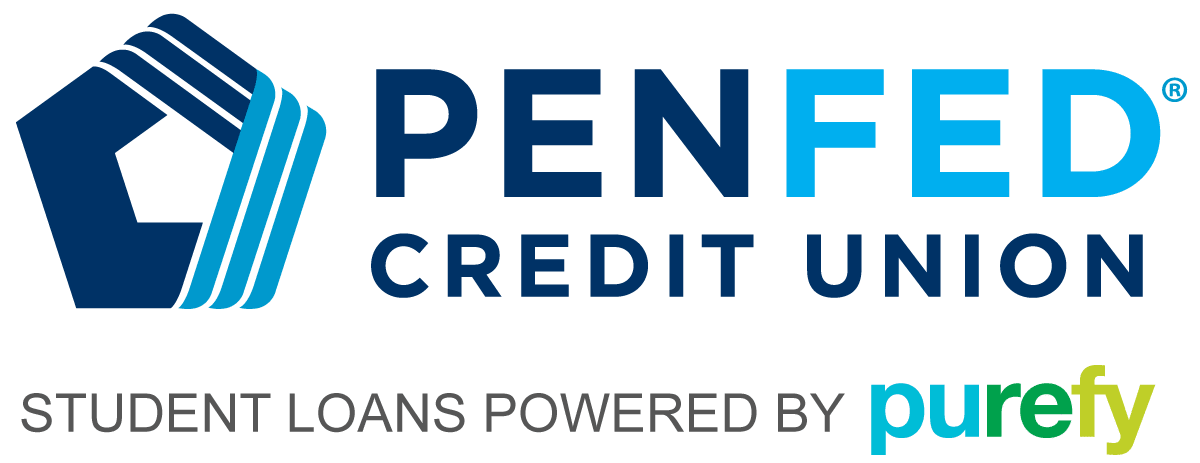Our goal here at Credible is to give you the tools and confidence you need to improve your finances. Although we do promote products from our partner lenders, all opinions are our own.
Having a cosigner could help you get approved for a student loan. But this also comes with some risks for the cosigner — they’re responsible for the loan if you don’t make your payments.
With cosigner release, a cosigner can have their name removed from a loan — though not all lenders offer cosigner release.
Here’s what you should know about cosigner release:
What is a cosigner release?
Cosigner release is the process of having a cosigner removed from an existing loan, which means the cosigner is no longer responsible for the loan. If a borrower can prove to the lender they’re financially stable on their own, they might qualify for cosigner release.
If you’re considering cosigner release, keep in mind that there are benefits for you as the borrower, too. This includes:
- Showing you can financially handle the loan on your own
- Potentially taking financial strain out of the relationship between you and your cosigner
Learn More: How to Refinance Student Loans
How to release your cosigner
Releasing a cosigner from a loan is easy if you qualify. However, it can take some time to meet the minimum requirements.
Here are some of the general criteria you’ll likely need to meet to be eligible for cosigner release:
1. Check if your loan is eligible for cosigner release
Not all private student loans allow for cosigner release. The first step is to find out if your loan qualifies.
Here are our partner student loan lenders that offer cosigner release:
| Lender | Fixed rates from (APR) | Variable rates from (APR) | Min. credit score | Cosigner release offered |
|---|---|---|---|---|
| 3.62%+ | 2.73%+ | 600 | After 24 months | |
 |
4.25%+1 | 1.25%+1 | Does not disclose | After 36 months |
 |
3.99%+2,3 | 1.24%+2,3 | Does not disclose | After 24 months |
 |
4.09%+7 | 2.04%+7 | 750 | After 24 months |
 |
3.83%+8 | 1.64%+8 | 670 | After 48 months |
 |
3.75%+ | N/A | 670 | After 48 months |
 |
4.25% – 12.35%9 | 1.25% – 11.15%9 | Does not disclose | After 12 months |
your credit score. 100% free! Compare Now |
||||
|
Lowest APRs reflect autopay, loyalty, and interest-only repayment discounts where available | 1Citizens Bank Disclosures | 2,3College Ave Disclosures | 6Discover Disclosures | 7EDvestinU Disclosures | 8INvestEd Disclosures | 9Sallie Mae Disclosures |
||||
|
Citizens Bank Student Loan Rate Disclosure
|
||||
Keep in mind that each lender has its own cosigner release requirements. If your lender offers cosigner release, be sure to review their specific criteria to see how to qualify.
2. Meet the requirements for on-time payments
Most private student loan lenders require you to make all monthly payments on time for a certain amount of time to qualify for cosigner release. You’ll need to meet this minimum before you can release your cosigner.
For example, Sallie Mae offers cosigner release after 12 months of on-time, consecutive monthly payments.
On-time payments are good for your credit, help you avoid late fees, and keep you on track to successfully pay off your loan.
Learn More: When to Refinance Your Student Loans
3. Meet the income and credit score requirements
Lenders also typically require that you meet their credit score and income requirements to qualify for the loan on your own.
You’ll likely need to undergo a credit check, as well as submit recent pay stubs or tax returns to show your income.
This includes having a credit score of at least 600, plus having $24,000 or more in annual income.
Learn More: Transferring Parent Loans to a Student
4. Submit your cosigner release application
You’ll generally find the cosigner release application on the lender’s website, though you might also have the option to submit a paper form.
Be sure to follow all of the steps and include any necessary supporting documents (like pay stubs) to make sure your cosigner release application is successful.
You might be able to release your cosigner by refinancing
If your lender doesn’t offer cosigner release or you don’t qualify for it, student loan refinancing could be another option. When you refinance student loans into a new loan, your cosigner will be released when your old loans are paid off.
Tip: Keep in mind that you might still need a cosigner to qualify for refinancing. If this is the case, you could consider refinancing with another lender that offers a cosigner release option.
Be sure to shop around and compare as many refinancing lenders as possible to find the right loan for you. You can do this easily with Credible — after filling out a single form, you can compare rates in two minutes.
The lenders in the following table are our refinancing partners that offer cosigner release.
| Lender | Variable rates from (APR) | Fixed rates from (APR) | Min. credit score | Cosigner release offered |
|---|---|---|---|---|
 |
N/A | 4.54%+ | Does not disclose | After 36 months |
 |
2.49%+¹ | 3.20%+¹ | Does not disclose | After 36 months |
 |
1.87%+4 | 2.92%+4 | 670 | After 48 months |
 |
2.59%+ | 3.23%+ | 670 | After 12 months |
| Compare personalized rates from multiple lenders without affecting your credit score. 100% free! |
||||
|
All APRs reflect autopay and loyalty discounts where available | 1Citizens Bank Disclosures | 2College Ave Disclosures | 3 ELFI Disclosures | 4INvestEd Disclosures | 5SoFi Disclosures |
||||
|
Citizens Bank Education Refinance Loan Rate Disclosure:
|
||||


